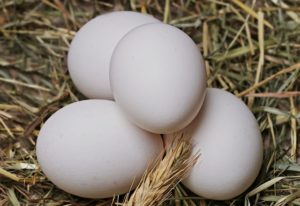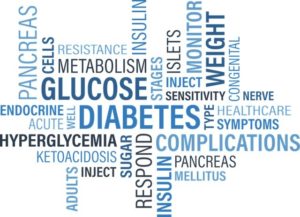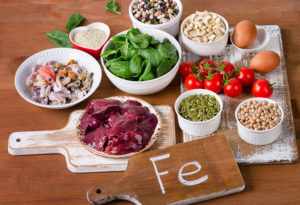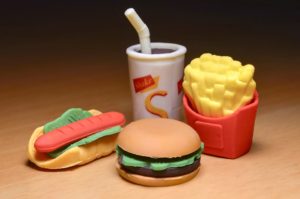Feeling Tired? It Could Be Iron Deficiency
Suddenly feeling tired, bored, listless? It could be a sign of iron deficiency.
For iron plays a vital role in energy metabolism and the transport of oxygen. According to the World Health Organization, iron deficiency is among the most common nutrient deficiencies, affecting about two billion people, or over 30% of the world’s population.
The bulk of the body’s iron, a trace mineral, is found in two proteins, haemoglobin in the red blood cells and myoglobin in the muscle cells.
On an average, women in the age group of 19-50 need 18mg of iron in their diet every day, and men and women above the age of 51, 8mg. This difference accounts for the additional loss of blood during the menstrual cycle, apart from the daily losses that are in excess of the required iron stores, from the faeces, skin, urine and sweat.
Among the symptoms of iron deficiency are weakness, apathy, lack of drive and stamina, feeling distracted, spoon- shaped nails that are flat but have flared outer edges, and reduced resistance to colds.
Understanding the iron equation
The body conserves iron; since it is difficult to excrete iron once it is in the body, balance is maintained mainly through absorption. More iron is absorbed when the body’s iron stores, primarily found in the liver as a protein called ferritin, empty, and less when the stores are full. This means that both too little and too much iron can be harmful..
Heme iron, which is derived from meat, poultry and fish, is best absorbed by the body, more so than non heme, which is derived from plant foods. It’s estimated that around 25% of all the heme iron consumed , and 10% of the non-heme iron, is absorbed by the body.
When it comes to non-heme iron, spinach is a rich source. Just a cup of raw spinach has 2.3mg of iron, but its bioavailability is 2-20%, depending on the iron stores in the body, while 100g of chicken breast has 2.1mg of iron and its bioavailability is 15-35%, depending on available body stores. Vegetarians can combine vitamin C-rich foods with their regular nutrition to improve iron absorption.
Here’s what you should do to keep a check on and regulate your blood iron levels:
■ Check with the doctor and take a blood iron profile test.
■ Ask your doctor if you need supplementation. However, keep in mind that the body absorbs iron from natural foods more efficiently than from supplements.
As far as diet is concerned, here are some useful tips:
■ If you are non-vegetarian, include poultry, fish, shrimp and eggs in your meals. One-two eggs, 100-150g of chicken and fish for the two main meals, depending on your activity levels, daily. For low activity, 100g; for higher activity, 150g. Include shrimp once a week if your blood cholesterol levels are in check.
■ If you are vegetarian, add lime juice to your meals and increase the intake of fresh tomato juice.
■ Potato skins, dried raisins, figs, spinach, nuts, legumes like kidney beans are good sources of iron.
This article was first published on LiveMint.com





